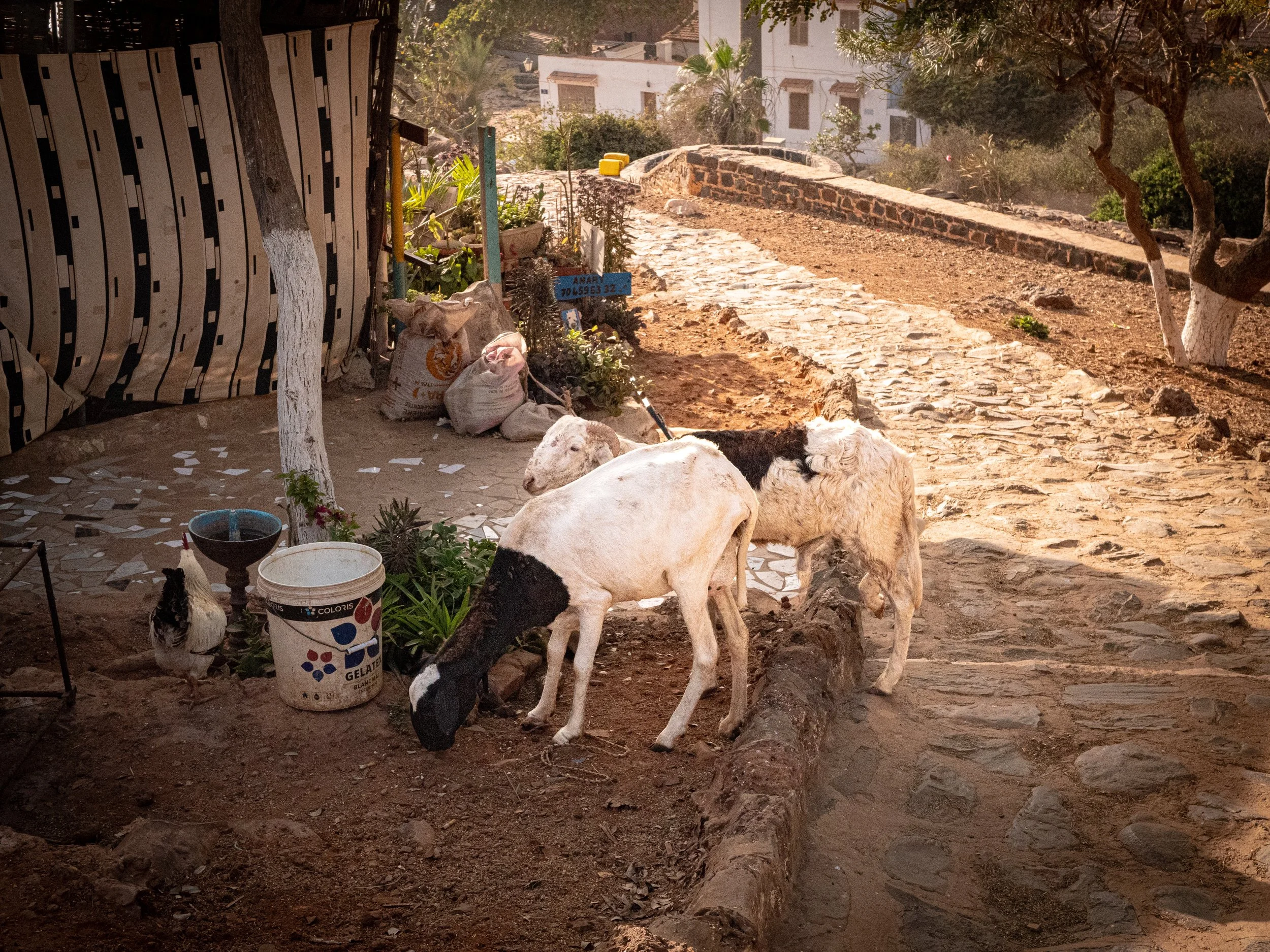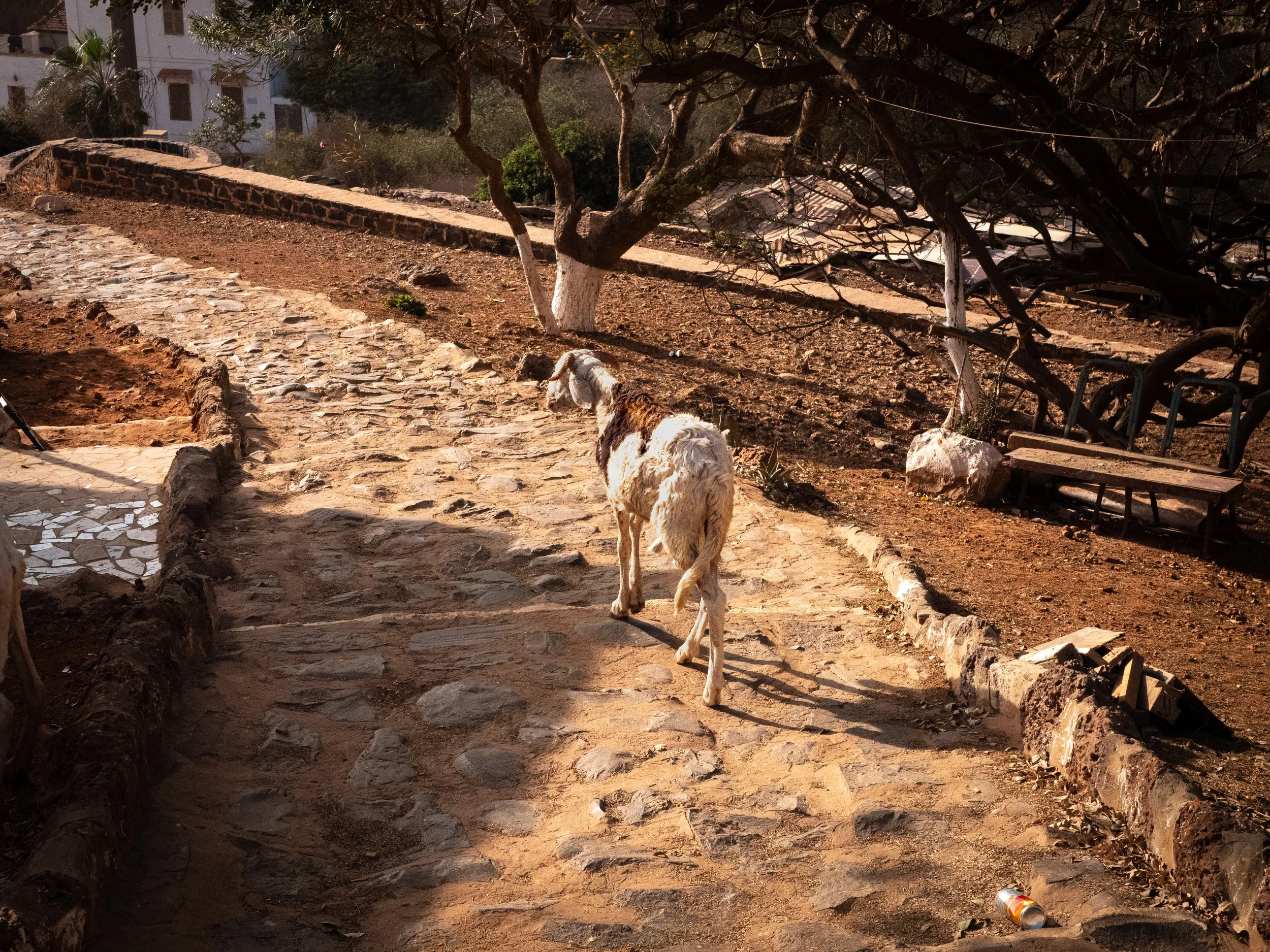A Day in Gorée
I went to Gorée for the first time in 2019. A bit like a pilgrimage, I went there to find out where I came from as a Guadeloupean. To understand where it all began.
The Gorée Gate of No Return is the symbol of the end of my African ancestry and the beginning of my story as a descendant of slaves, and therefore as a Guadeloupean.
This time, in 2022, I'm detaching myself from this historical anchor and seeing life in Gorée as it is today.
May 2, 2022: Korité Day (also known as Smaller Eid) on this predominantly Muslim island. This event marks the end of Ramadan. It's a public holiday for the Muslim population, so only the Christian merchants work. There are two of them. I see them, we chat....vents the moment for the photo, a fateful moment for an amateur and beginner like me. So I show them a few photos, we take several and finally all three of us validate the shots.
Shots from behind
Korité, 2022
shot with an Iphone 11 Pro
It's a very special event for the children because, as they say, "it's their day". The little girls wear wax or bazin boubous, little heels, some lipstick and their hair is done to perfection.
I'm in a different world: Gorée Island is no longer a slave island, but a children's island.
They play, they sing and, above all, they ask for coins and, for the lucky ones, bills for the occasion.
As I climb higher up the island, I see the reality of Gorée's inhabitants. Many of them live in houses made of reclaimed tiles and planks of wood. Women, children and artists (all men) try to sell what they can to the few visitors. And then, among them, we see goats. The goats of Gorée. When thinking about it, they're the ones who look the most at home. They roam the island's ochre land as if they'd always been there.









